Throughout history, mysterious groups and societies have left their mark on architecture across the globe. While many stories about these places mix fact with folklore, their historical significance and architectural beauty remain undeniable.
These remarkable buildings, some hidden in plain sight, offer glimpses into fascinating chapters of history, even if we can’t verify every tale told about them. Let’s explore some intriguing locations connected to historical societies and groups where you can see these architectural wonders for yourself.
While we may never know all their secrets, their stories continue to captivate visitors from around the world.
House of the Temple, USA

This iconic building in Washington, D.C., serves as the headquarters of the Scottish Rite of Freemasonry’s Southern Jurisdiction. The impressive structure features massive bronze doors weighing 17,000 pounds, decorated with Masonic symbols and imagery.
The museum, which houses one of the world’s largest collections of Masonic artifacts and literature, is open to visitors. The architecture draws inspiration from classical designs, particularly the Mausoleum of Halicarnassus.
Rosslyn Chapel, Scotland
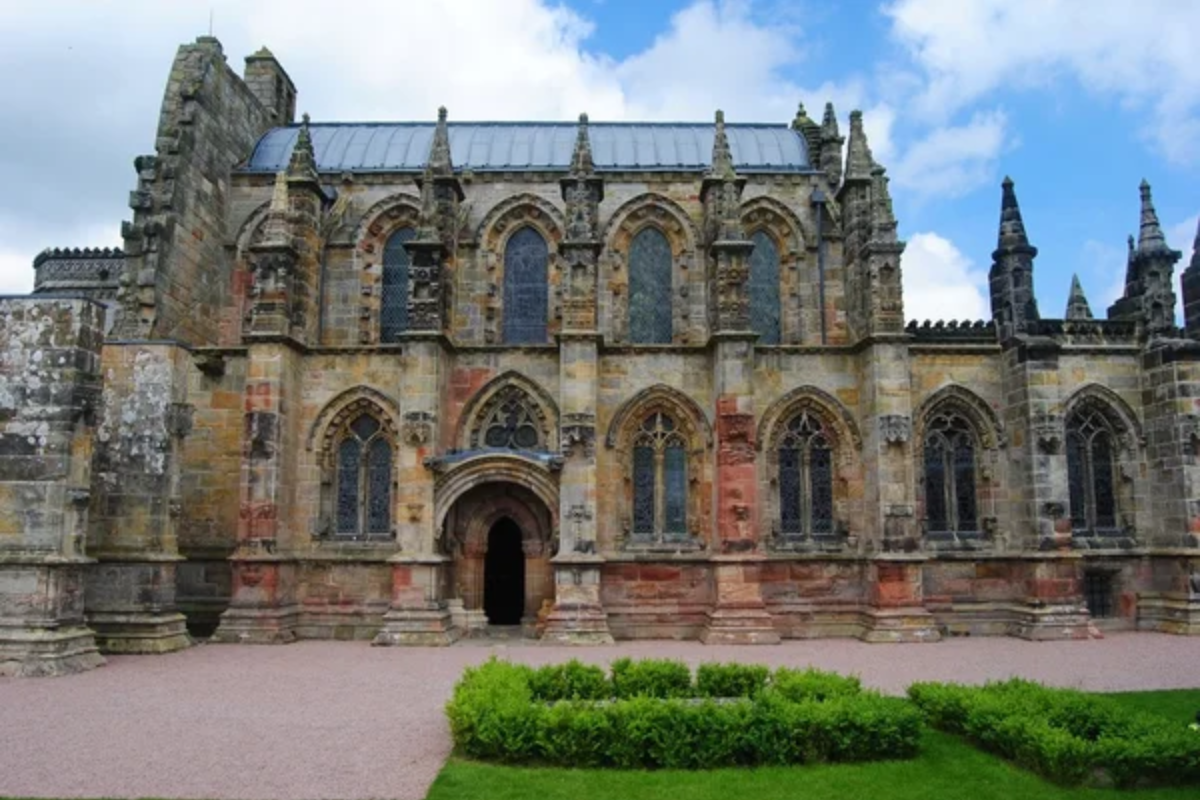
This 15th-century chapel near Edinburgh showcases some of the most intricate stone carvings in Europe. Its architecture combines traditional Christian imagery with unique symbols that have sparked countless theories about their meaning.
Local records confirm the chapel’s connection to prominent noble families who were known members of various societies. The famous Apprentice Pillar, with its elaborate helical carvings, stands as the chapel’s most mysterious feature, continuing to intrigue architects and historians.
Like Travel Pug’s content? Follow us on MSN.
Quinta da Regaleira, Portugal
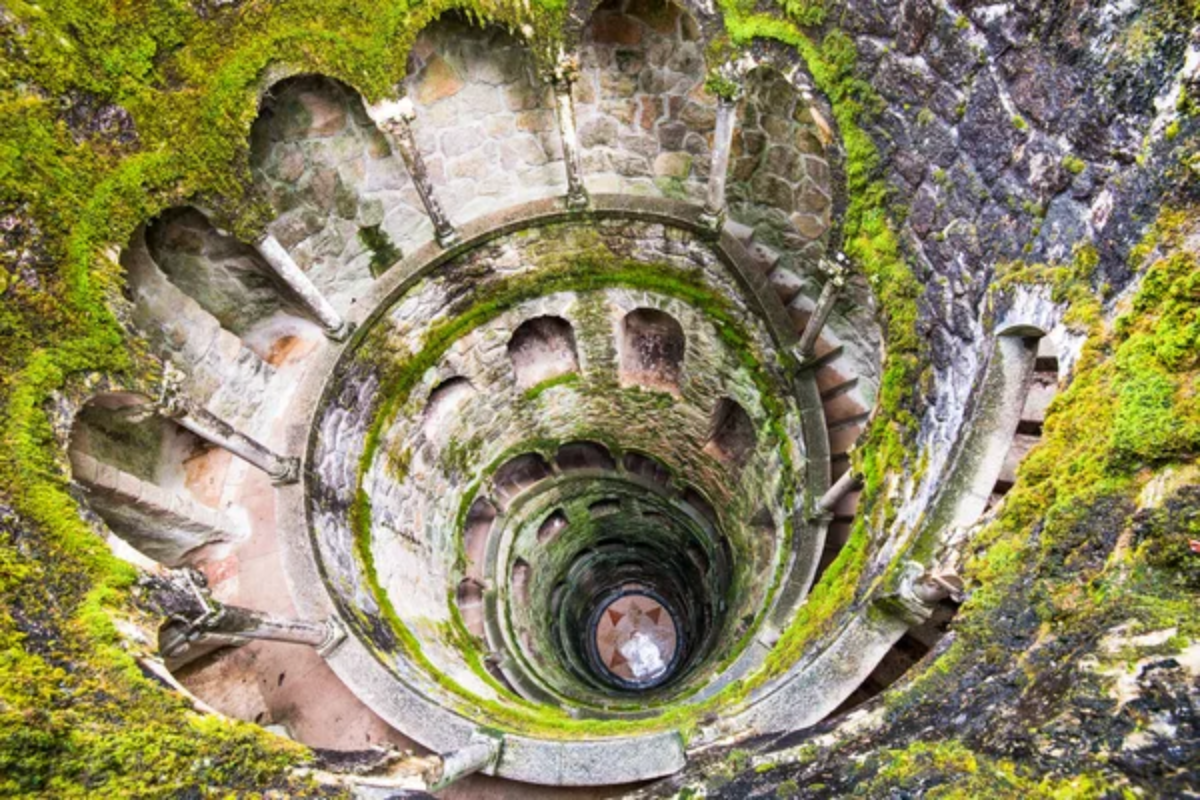
This estate in Sintra features remarkable initiation wells that showcase unique architectural design. The property’s tunnels and underground passages were built in the early 20th century at the request of its owner, Antonio Monteiro.
Local records show that Monteiro had connections to several esoteric groups, though the exact purpose of many structures remains debated. The wells feature spiral staircases that descend into the earth, creating an impressive optical effect.
Sedlec Ossuary, Czech Republic
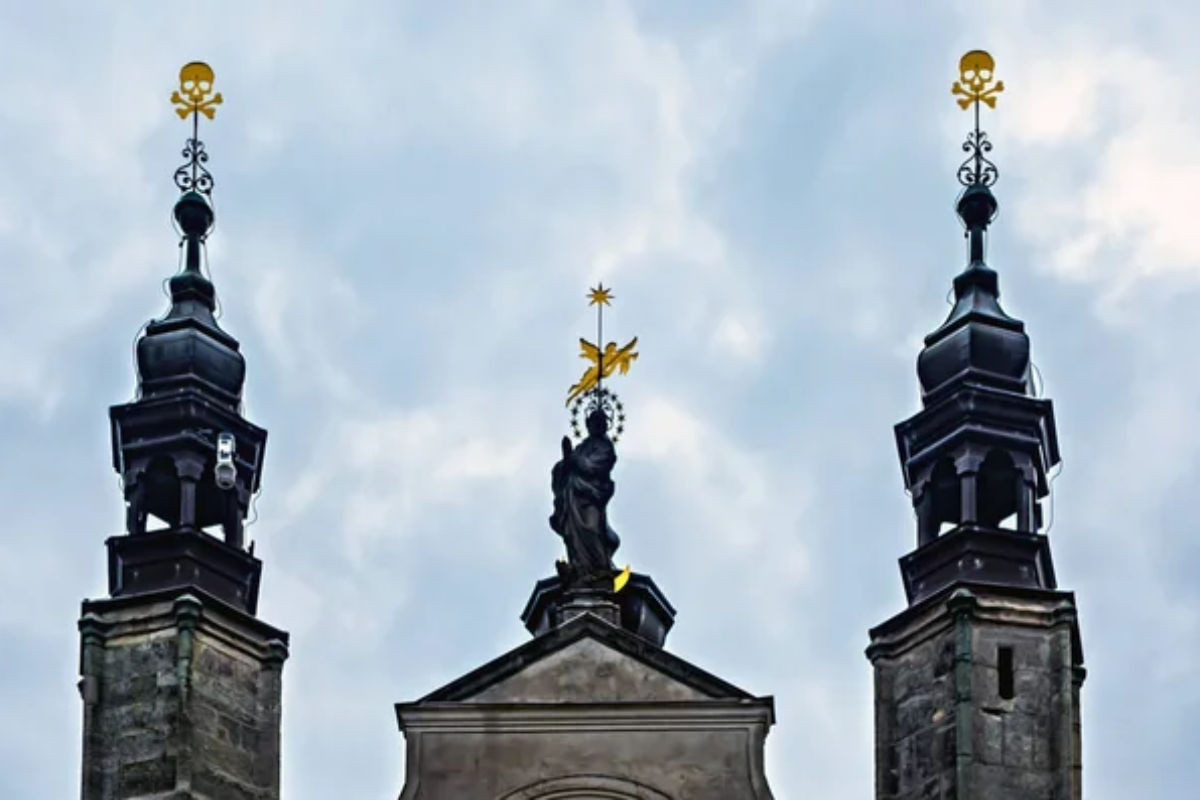
This small chapel beneath the Cemetery Church of All Saints contains the artistically arranged bones of about 40,000 people. The bone arrangements were created in 1870 by woodcarver František Rint at the request of the local aristocratic family.
A chandelier made from nearly every bone in the human body stands as the centerpiece of this unusual display. The site attracts visitors interested in both its artistic and historical significance.
Morgan Library, USA
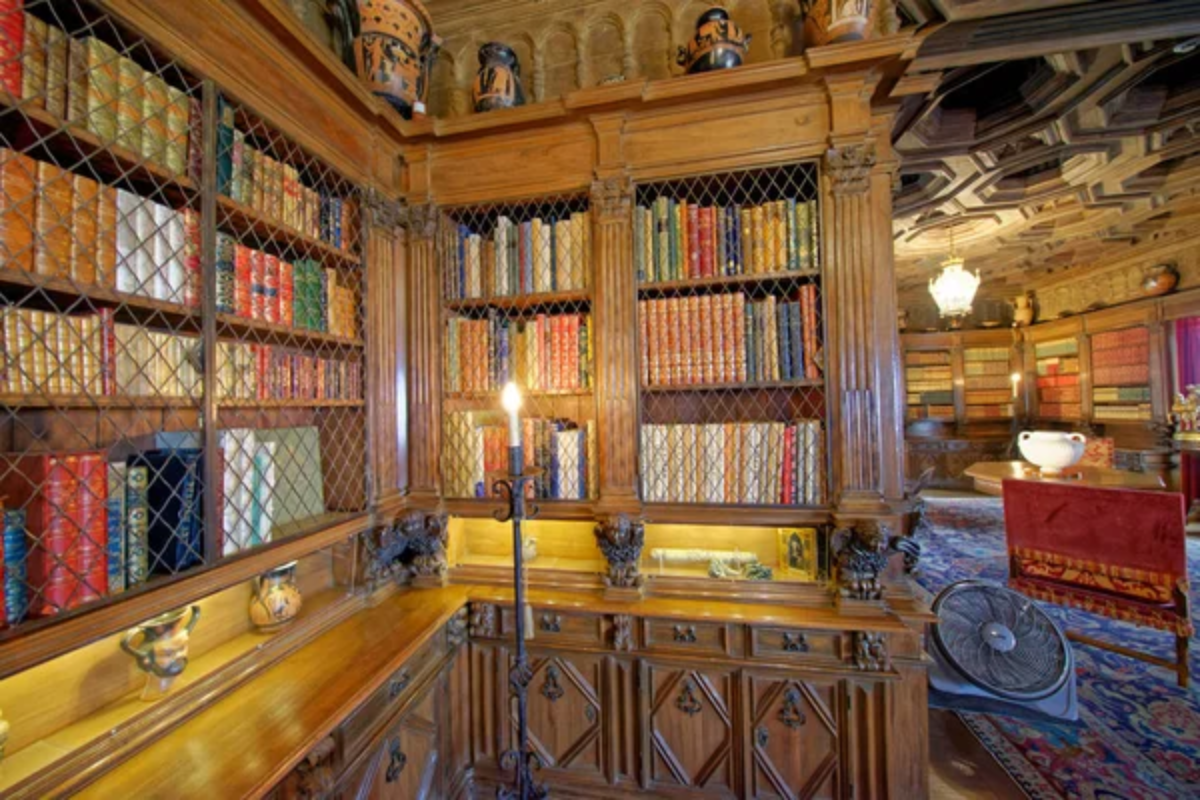
This New York landmark, built by financier J.P. Morgan, houses one of America’s finest collections of rare books and manuscripts. The library’s architecture includes several hidden passages and private study rooms, typical of wealthy private libraries of its era.
Morgan used these spaces for private meetings with other prominent figures of the Gilded Age. The building’s detailed craftsmanship reflects the period’s appreciation for symbolic architectural elements.
Like Travel Pug’s content? Follow us on MSN.
Grand Lodge of Philadelphia, USA
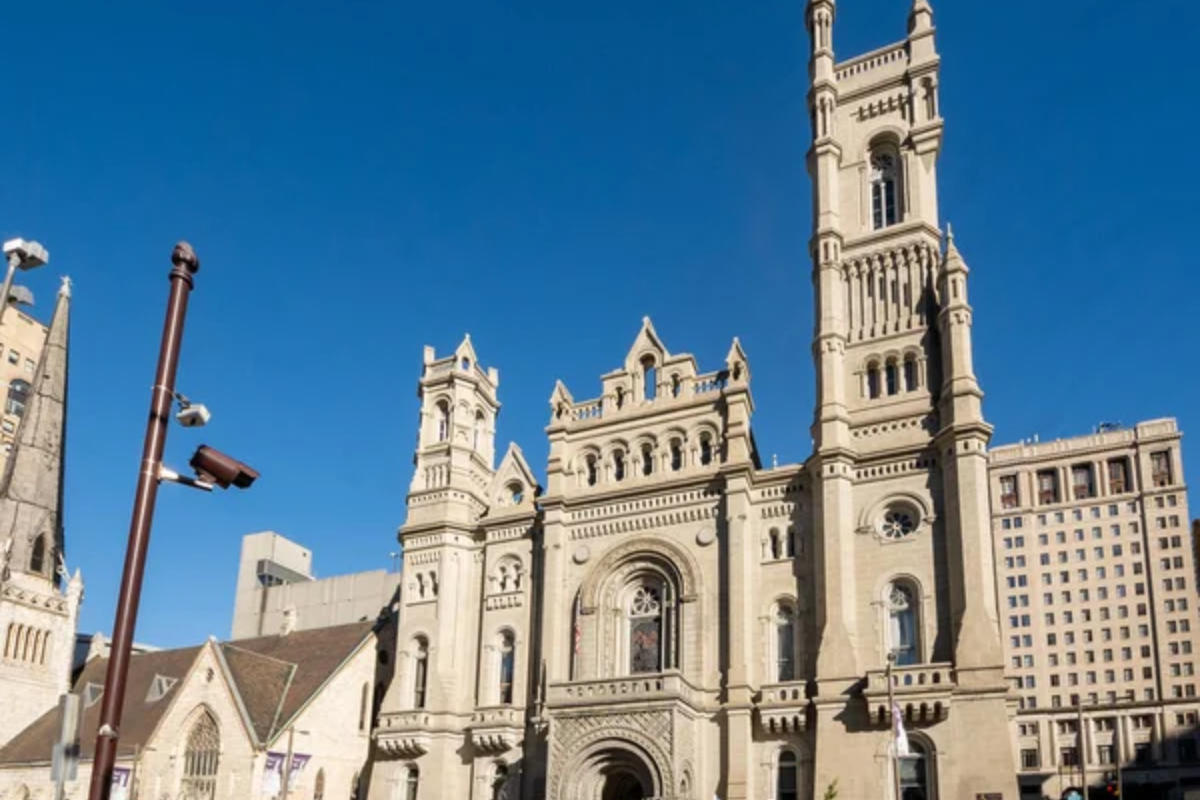
This historic Masonic temple stands as one of the finest examples of Masonic architecture in America. Each room showcases a different architectural style, from Egyptian to Gothic, demonstrating the builders’ extensive knowledge of classical design.
The building’s museum contains verified artifacts from the early days of American Freemasonry. Guided tours offer insights into the building’s architectural significance and documented history.
Château des Ducs de Bretagne, France
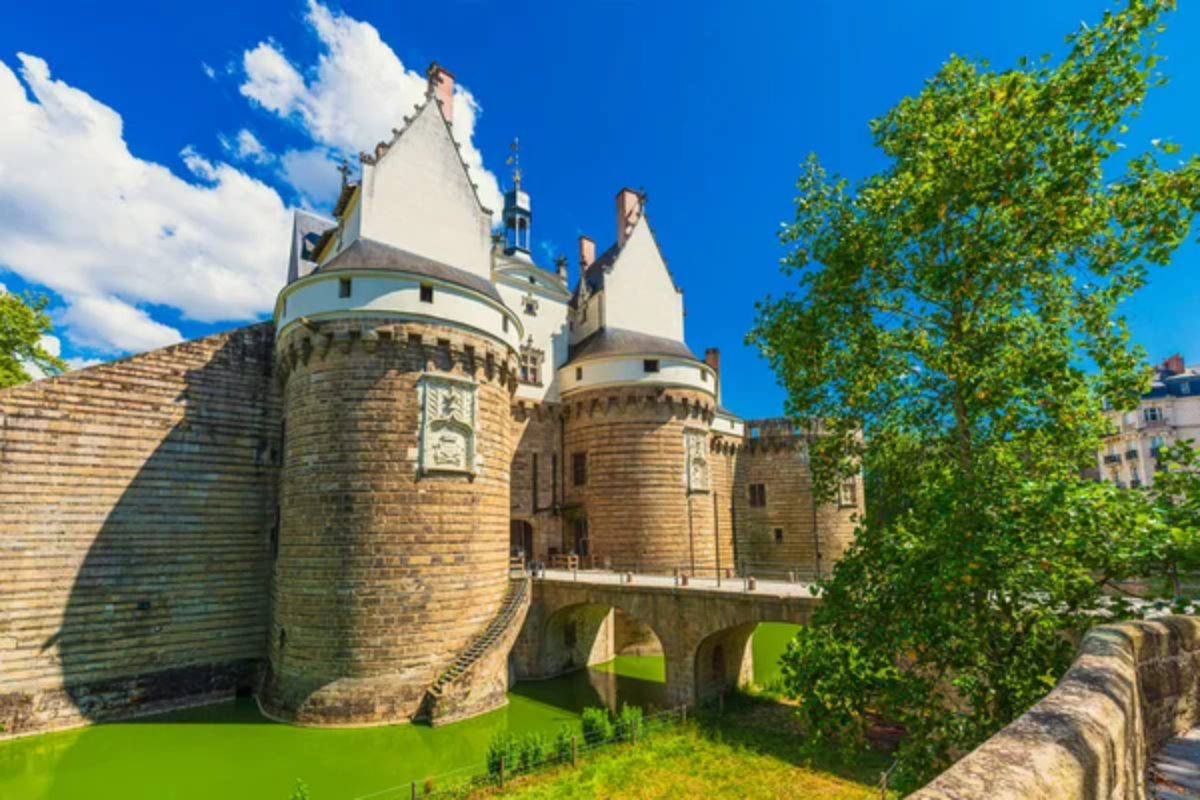
This castle in Nantes contains several chambers with documented connections to medieval guilds and societies. Its architecture includes defensive features and spaces designed for private gatherings and ceremonies.
Historical records confirm its use by various groups during the French Revolution. The restored rooms now showcase exhibits about the castle’s rich history.
Hellfire Caves, England

These artificial caves in West Wycombe are documented as belonging to the infamous Hellfire Club of the 18th century. Historical records confirm that Benjamin Franklin visited them during his time in England.
The caves extend a quarter-mile underground and include several chambers used for meetings. The site now offers guided tours that focus on its verified historical significance.
Like Travel Pug’s content? Follow us on MSN.
Manchester Unity Building, Australia
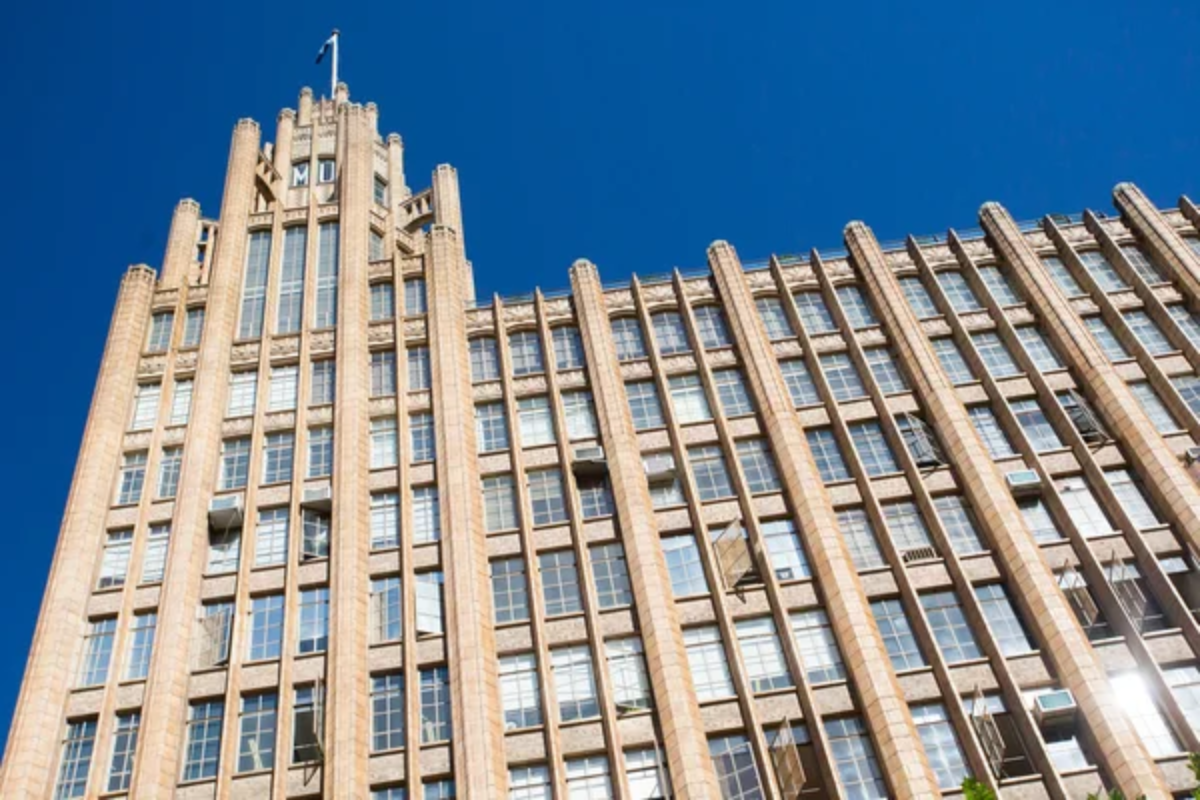
This Art Deco masterpiece in Melbourne houses several rooms that various societies and organizations have historically used. The building’s architecture incorporates numerous symbolic elements common to institutional buildings of its era.
Documented records show its use for both public and private gatherings throughout its history. The ground floor remains open to the public, offering glimpses of its remarkable architectural details.
Castle of Good Hope, South Africa
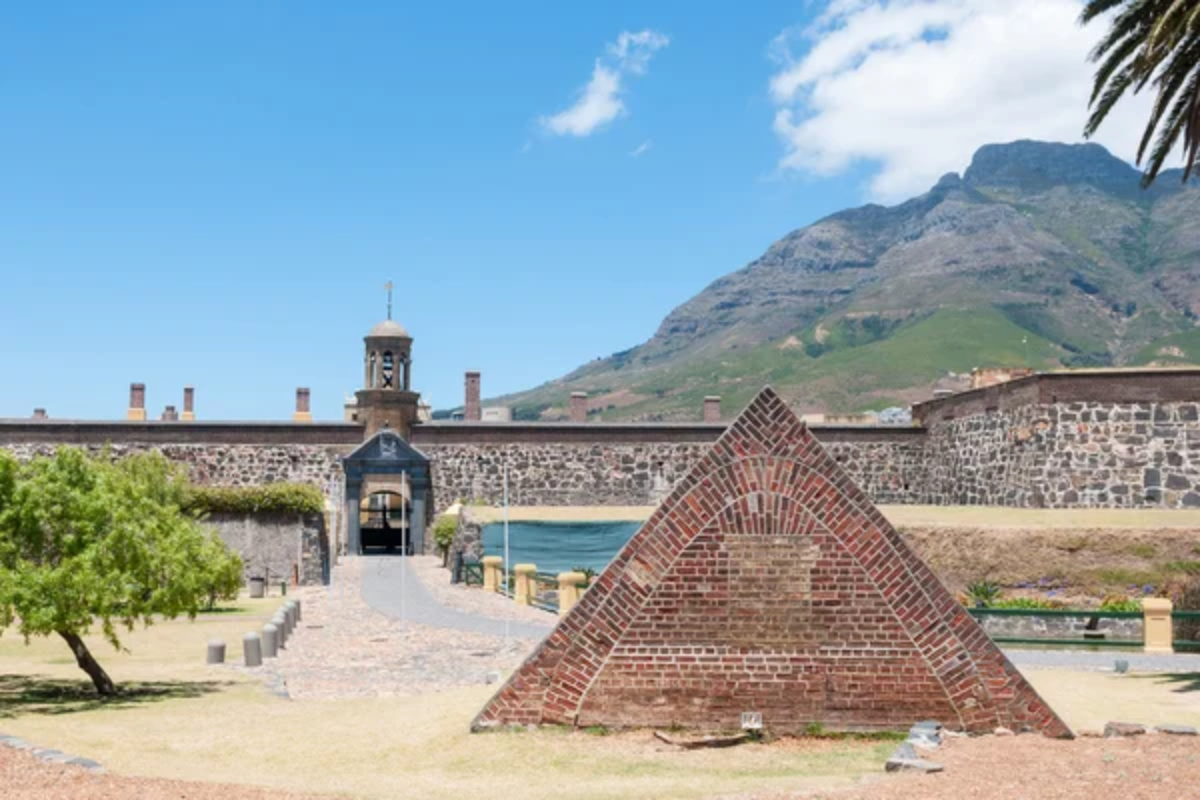
This star-shaped fortress in Cape Town is the oldest surviving colonial building in South Africa. Historical documents confirm that various military and civilian organizations used it throughout its history.
The castle’s design includes several underground spaces and passages built for defensive purposes. Today, visitors can explore many of these historical spaces while learning about the castle’s documented past.
Basilica San Clemente, Italy

This three-tiered church in Rome sits atop a well-preserved ancient Mithraic temple. Archaeological evidence confirms that followers of Mithraism used the site in the second century CE.
The underground levels contain verified Roman artifacts and architectural elements. Visitors can explore these different historical layers, each telling its own documented story.
Like Travel Pug’s content? Follow us on MSN.
Masonic Temple, Canada
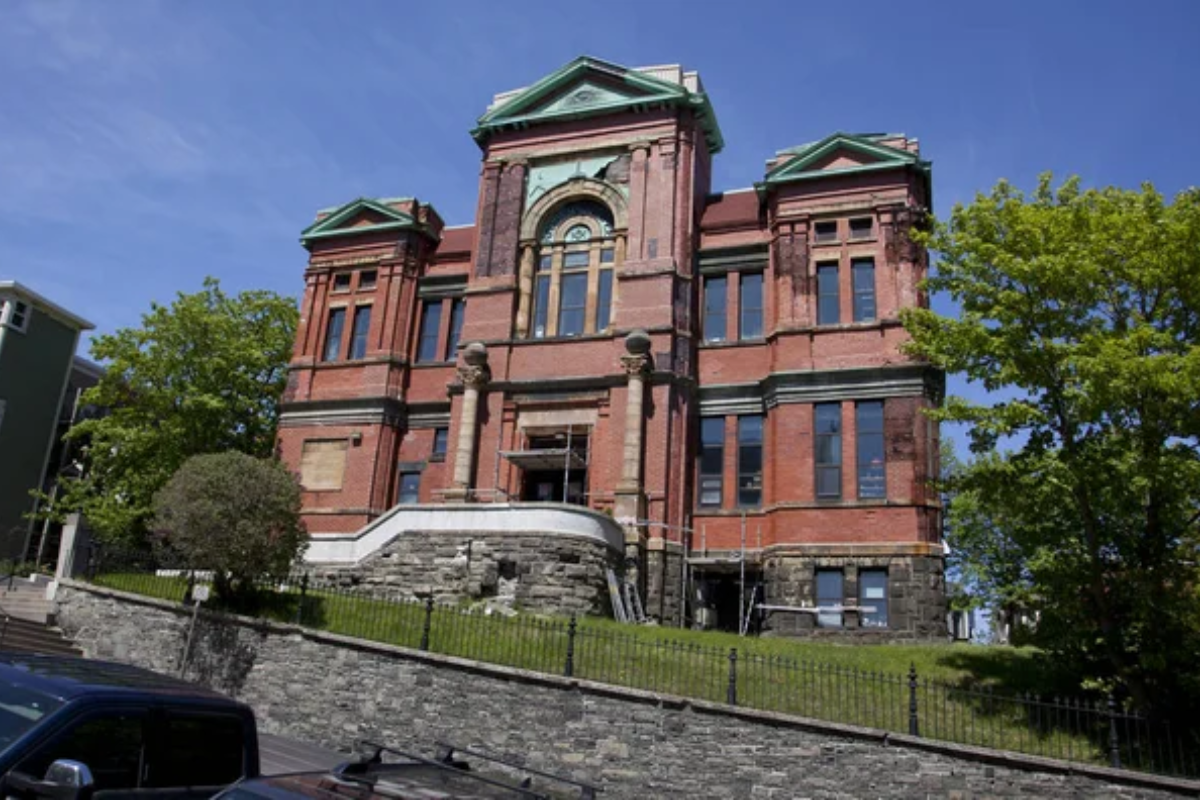
This historic building in Montreal features some of the finest examples of Masonic architecture in North America. The temple’s rooms showcase different architectural styles, each carefully documented during its construction.
The building’s design includes features typical of Masonic buildings of its era. Public tours focus on the building’s architectural significance and verified historical elements.
Yale University’s Buildings, USA
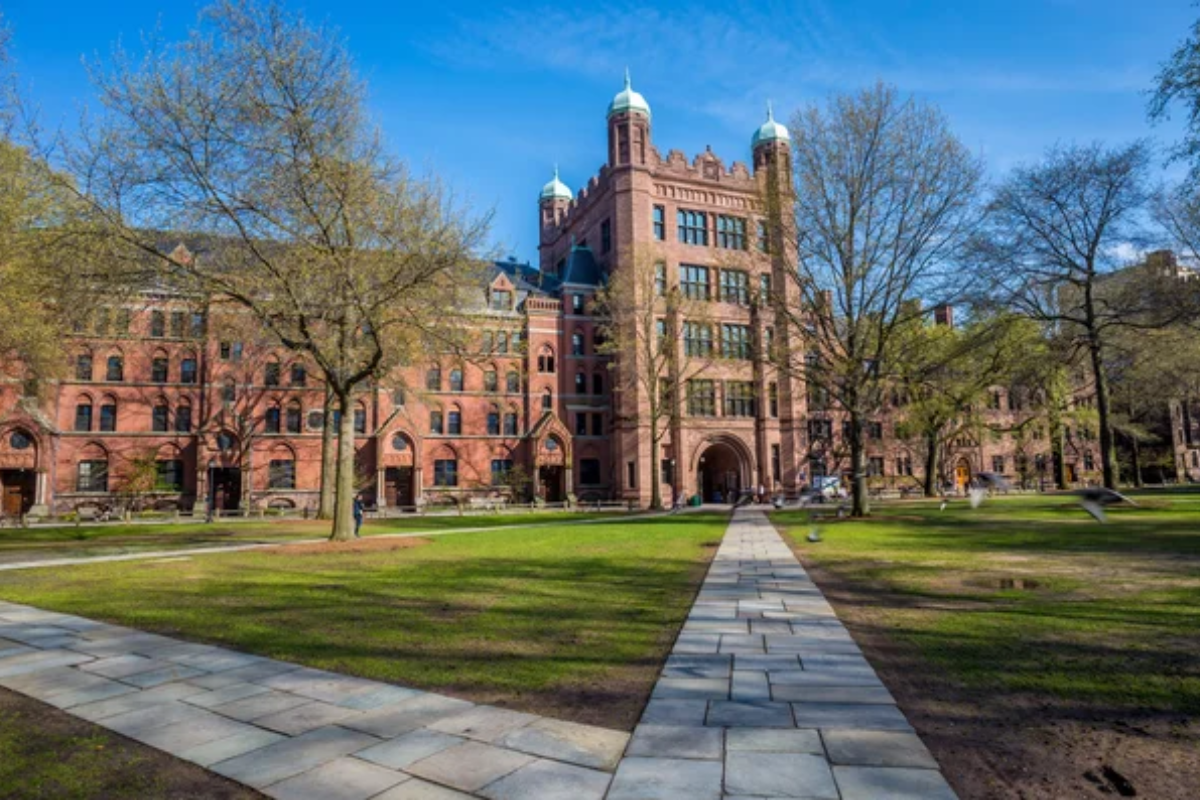
Several buildings on Yale’s campus have documented connections to various student societies. While many popular stories about these buildings remain unverified, their architectural significance is well-documented.
The buildings showcase various architectural styles that were popular during their construction periods. Visitors can view these structures from the outside while learning about their architectural history.
Mount Vernon, USA
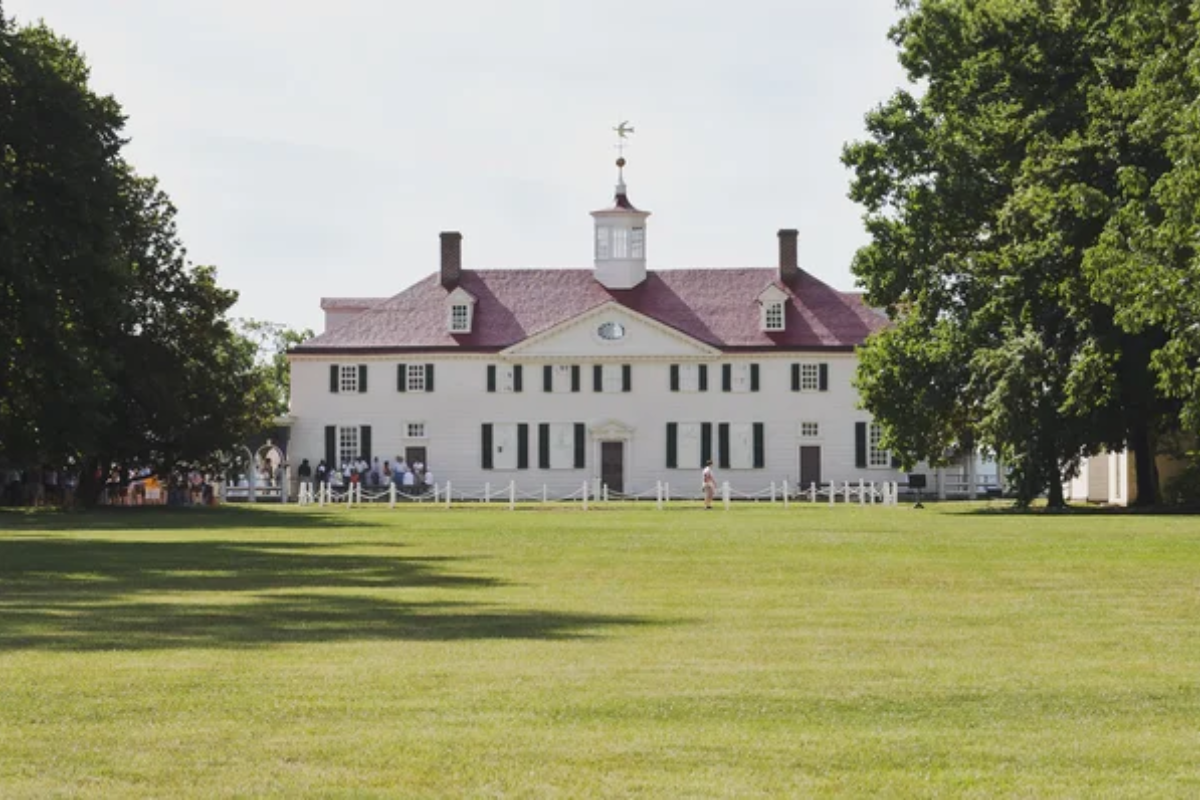
George Washington’s home contains several architectural elements that are common to buildings associated with Masonic traditions. Historical records confirm Washington’s membership in the Freemasons and his hosting of society meetings at Mount Vernon.
The house’s design incorporates several symbolic architectural features popular in its era. Guided tours highlight the building’s architectural significance and documented history.
Like Travel Pug’s content? Follow us on MSN.
Temple Church, England
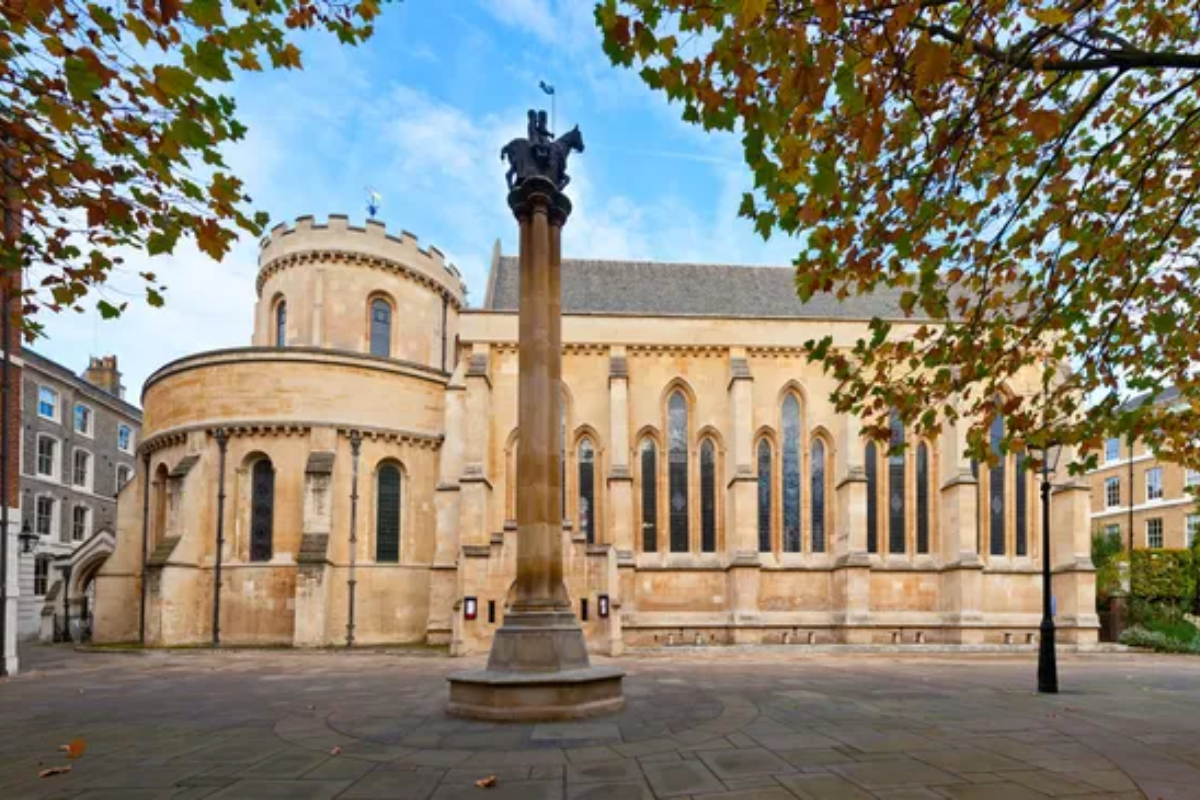
This 12th-century London church, built by the Knights Templar, has verified connections to the Knights Templar. The Church of the Holy Sepulchre inspired its unique circular design in Jerusalem.
Historical records confirm that the Templars used the church until their dissolution in 1312. The church’s architecture showcases remarkable examples of medieval stone carving and design.
Palazzo Vecchio, Italy
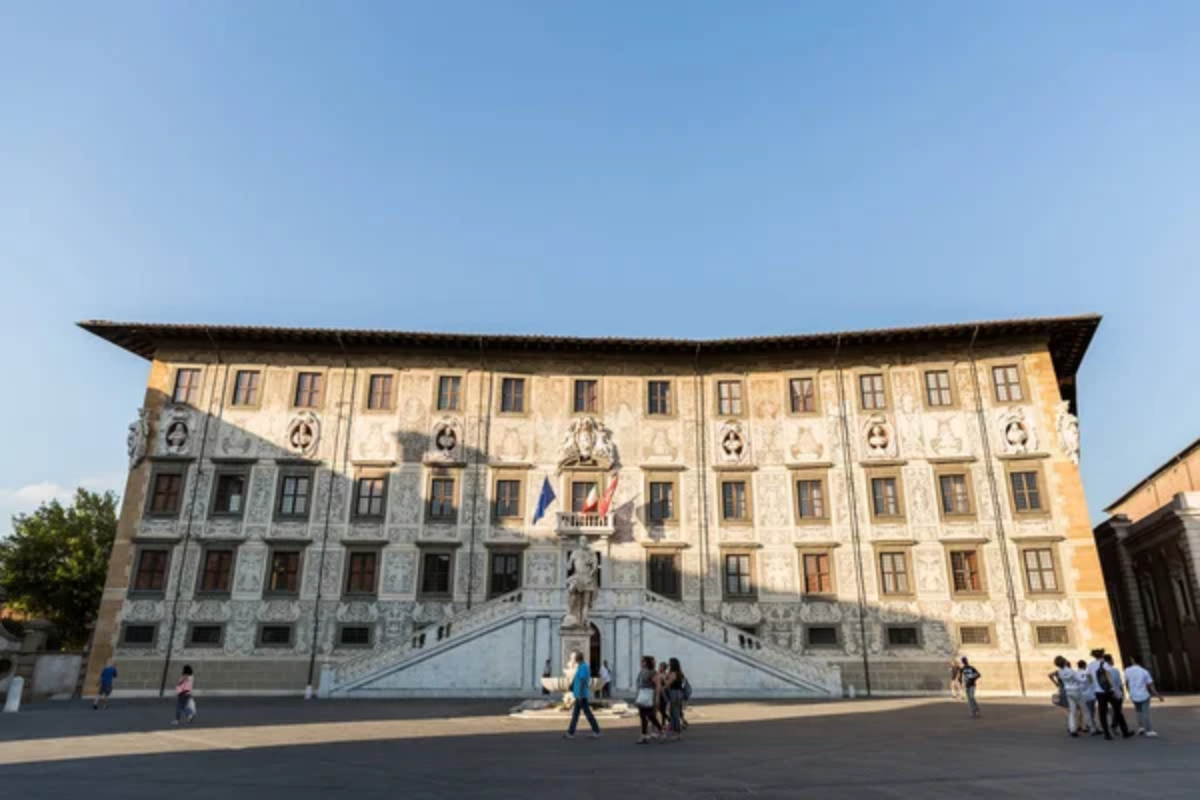
Florence’s town hall contains several chambers with documented connections to medieval guilds and societies. The building’s architecture includes numerous symbolic elements typical of its era.
Historical records confirm its use for both public and private gatherings throughout its history. Guided tours highlight the palazzo’s architectural features and verified historical significance.
Philosophical Research Society, USA
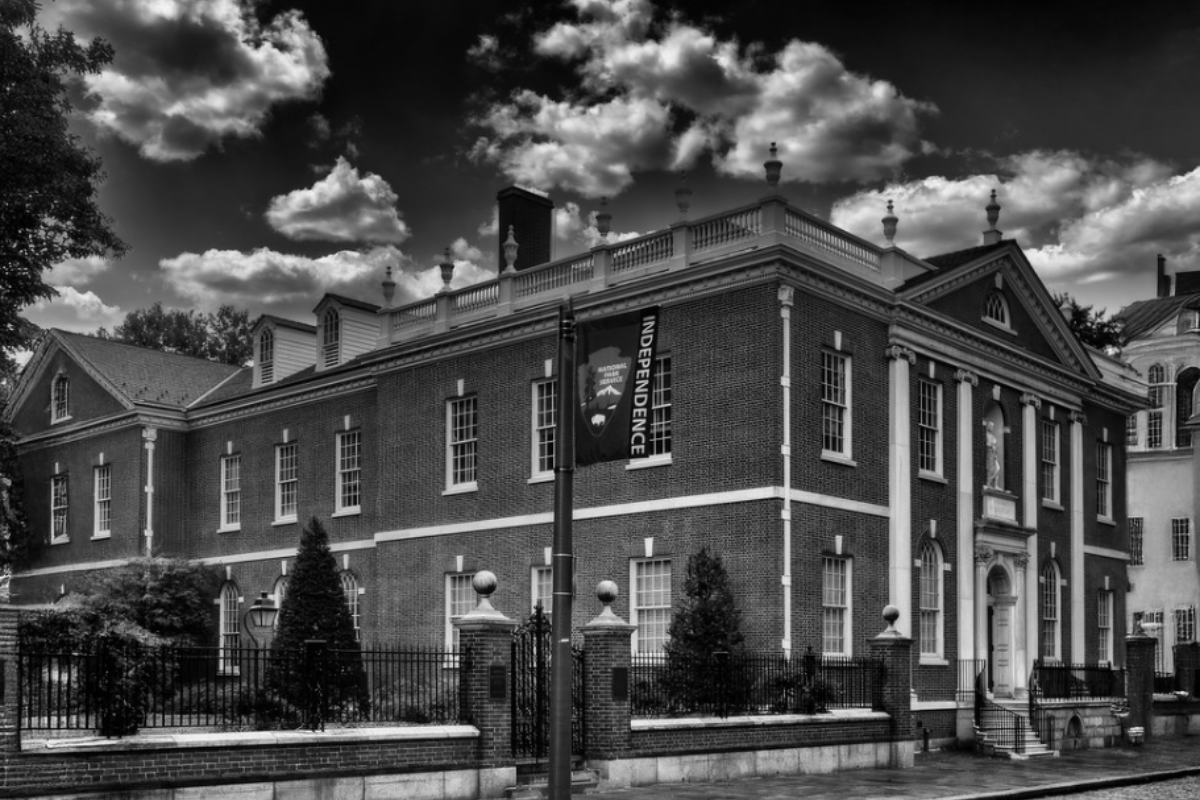
Manly P. Hall founded this Los Angeles institution as a center for philosophical studies. The building’s architecture incorporates various classical design elements.
The society maintains a significant collection of verified historical texts and artifacts. Public lectures continue to be held in its main hall, maintaining its traditional role as a place of learning.
Like Travel Pug’s content? Follow us on MSN.
Masonic Hall Edinburgh, Scotland
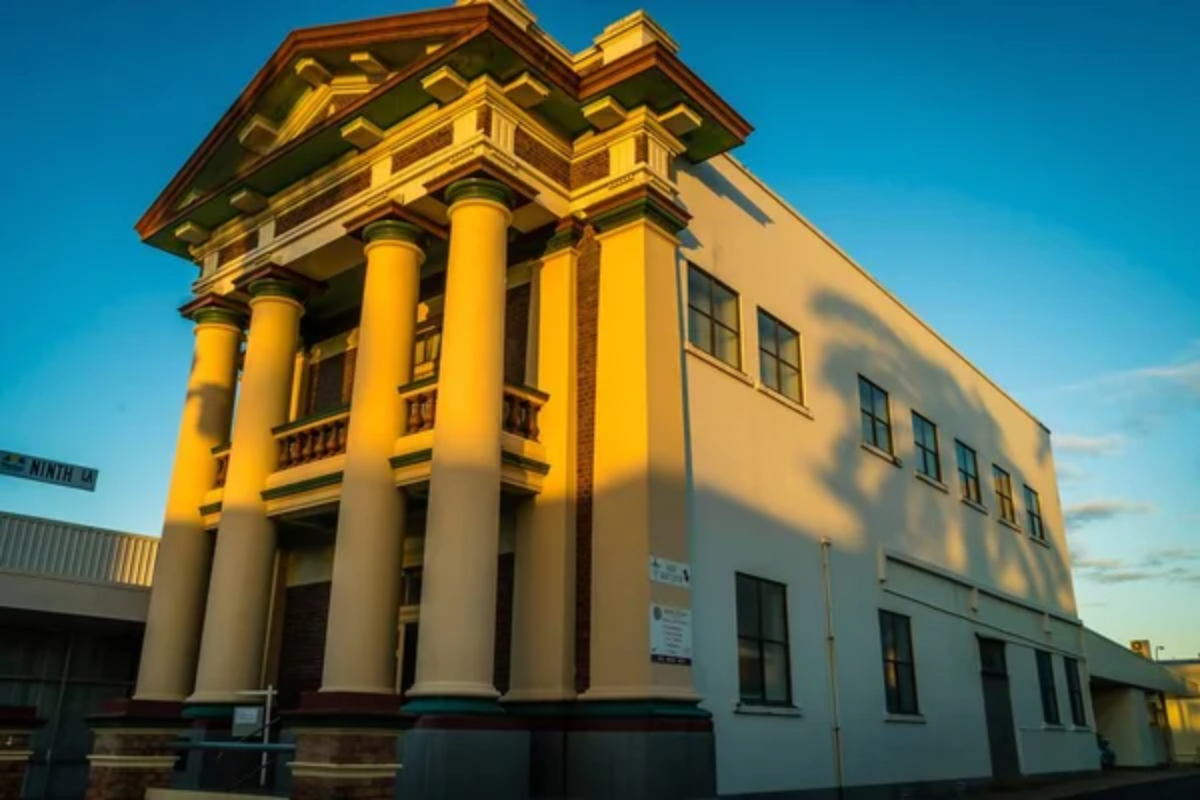
This historic building serves as the headquarters of the Grand Lodge of Scotland. Documentary evidence confirms its use for Masonic meetings since the late 18th century.
The building contains several rooms decorated with verified Masonic artifacts and symbols. Guided tours offer insights into the building’s documented history and architectural significance.
Freemasons’ Hall, England
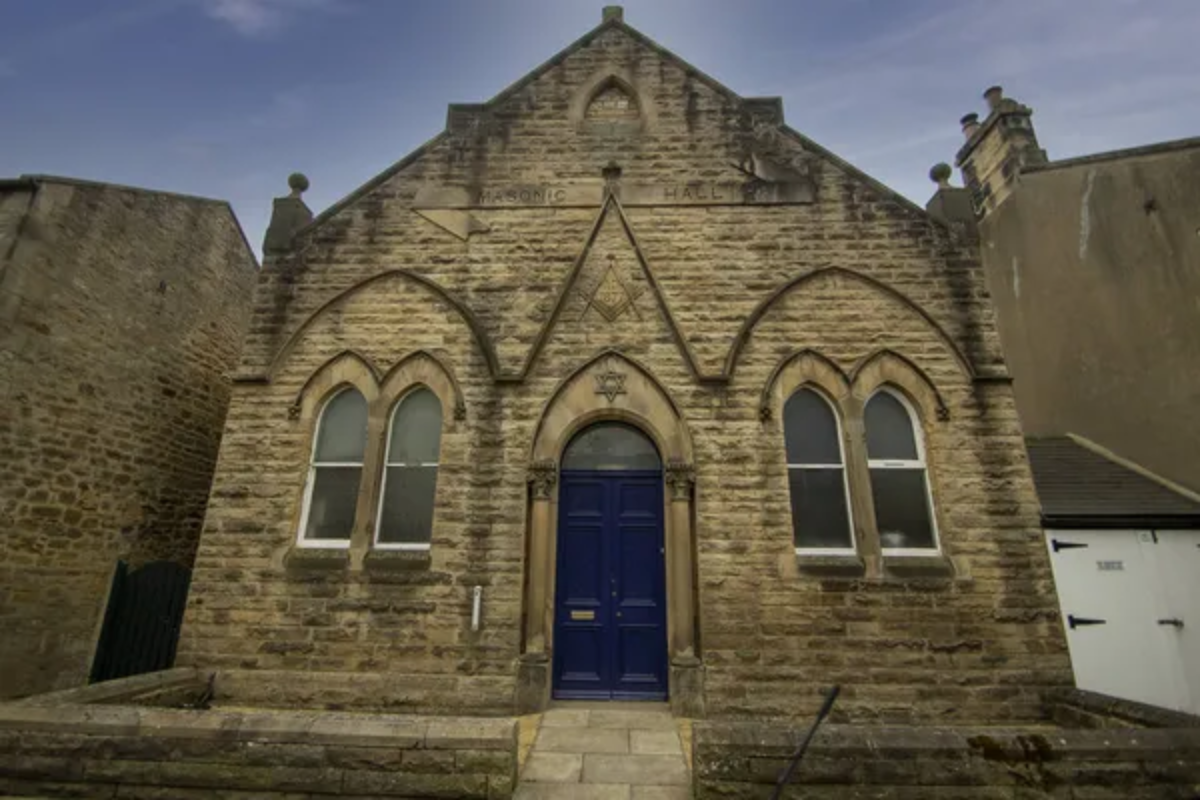
This Art Deco building in London serves as the headquarters of the United Grand Lodge of England. The building’s architecture showcases the finest examples of 1930s craftsmanship and design.
Historical records document its construction and use throughout the 20th century. The main areas remain open to public tours, offering visitors a chance to appreciate its architectural beauty.
Masonic Memorial Temple, Philippines
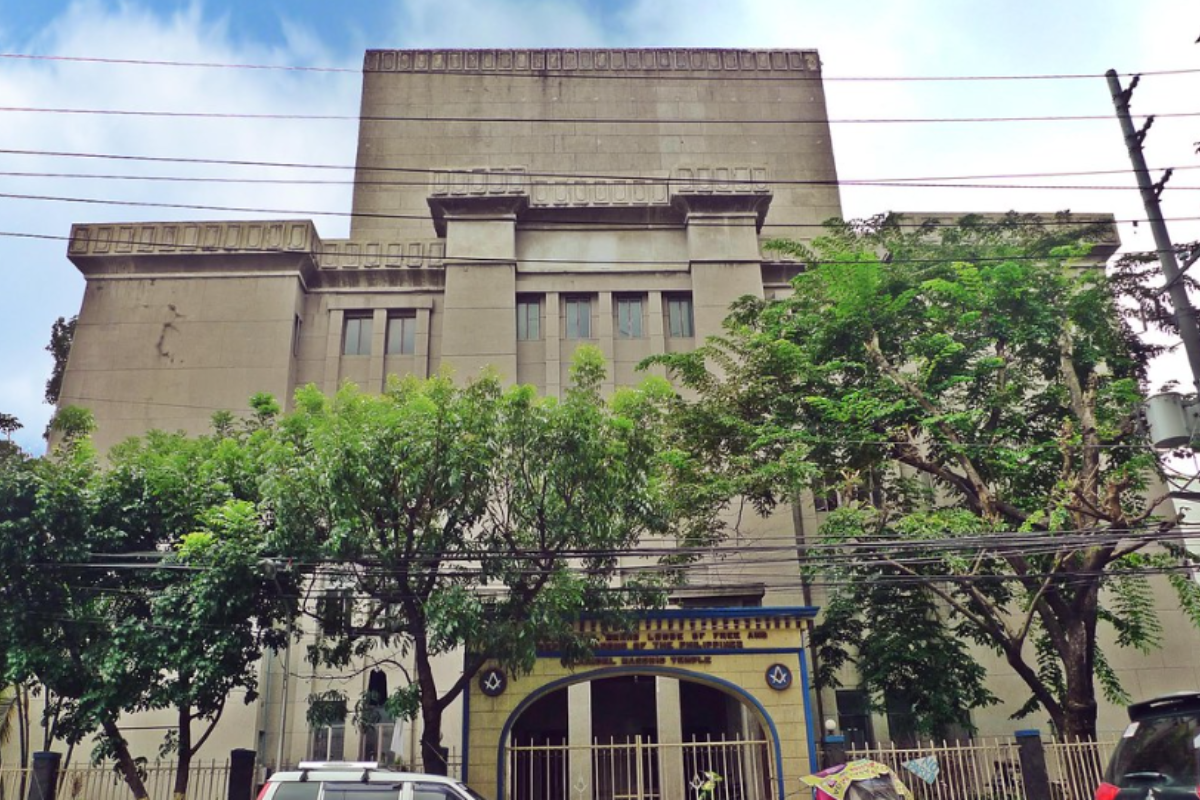
This remarkable structure in Manila is one of the most significant Masonic buildings in Asia. The temple’s architecture combines traditional Filipino design elements with classical Masonic symbolism, documented from its 1954 construction.
Historical records show that it was used as a gathering place for various prominent figures during the country’s post-war period. The building’s main hall, featuring impressive marble work and verified architectural elements from its original construction, remains open for guided tours.
Like Travel Pug’s content? Follow us on MSN.
Threads of History
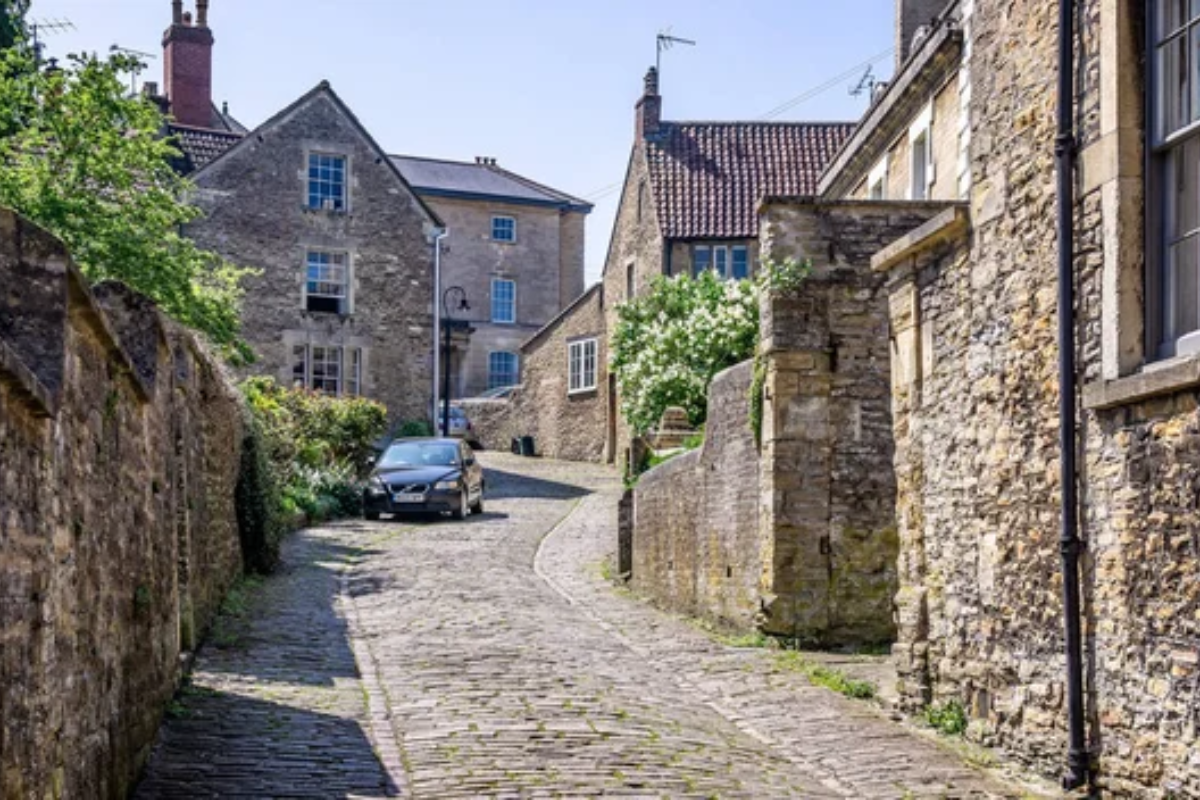
These locations stand as testaments to the architectural and cultural heritage of various historical groups and societies. While separating fact from fiction can be challenging, the buildings themselves offer tangible connections to the past.
Their preservation allows modern visitors to appreciate both their architectural beauty and historical significance. Today, they serve as bridges between documented history and the endless human fascination with the mysterious and unknown.
More from Travel Pug

- 20 Towns Built for One Purpose That Were Later Abandoned
- 15 Hidden Spots in Disney World’s Magic Kingdom Most Visitors Miss
- 15 Most Scenic Walks Anywhere in The World
- 15 Canyons in the U.S. That Are Just as Stunning as the Grand Canyon
- 10 Under-the-Radar Mountain Towns That Are Both Affordable and Beautiful
Like Travel Pug’s content? Follow us on MSN.
